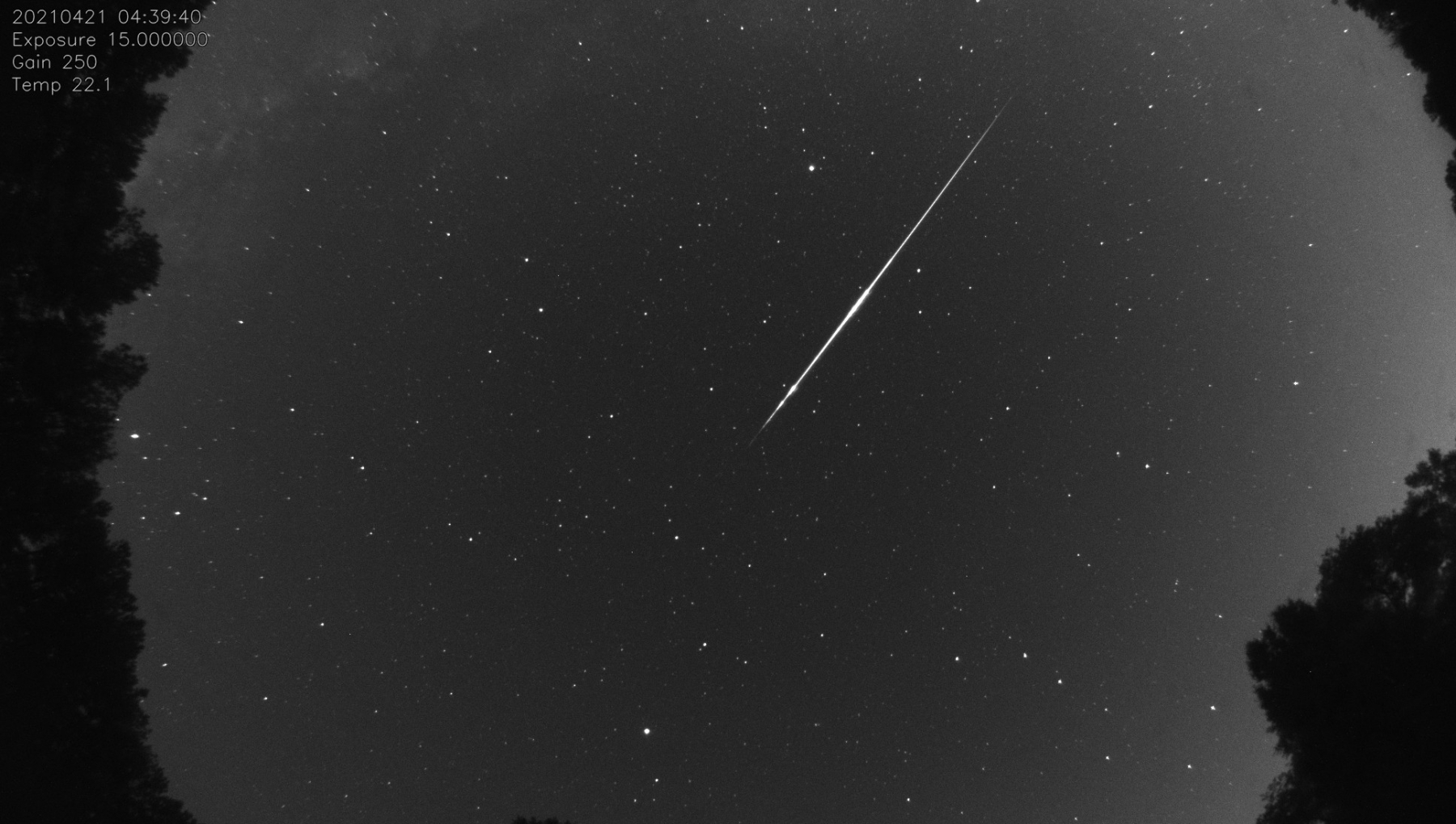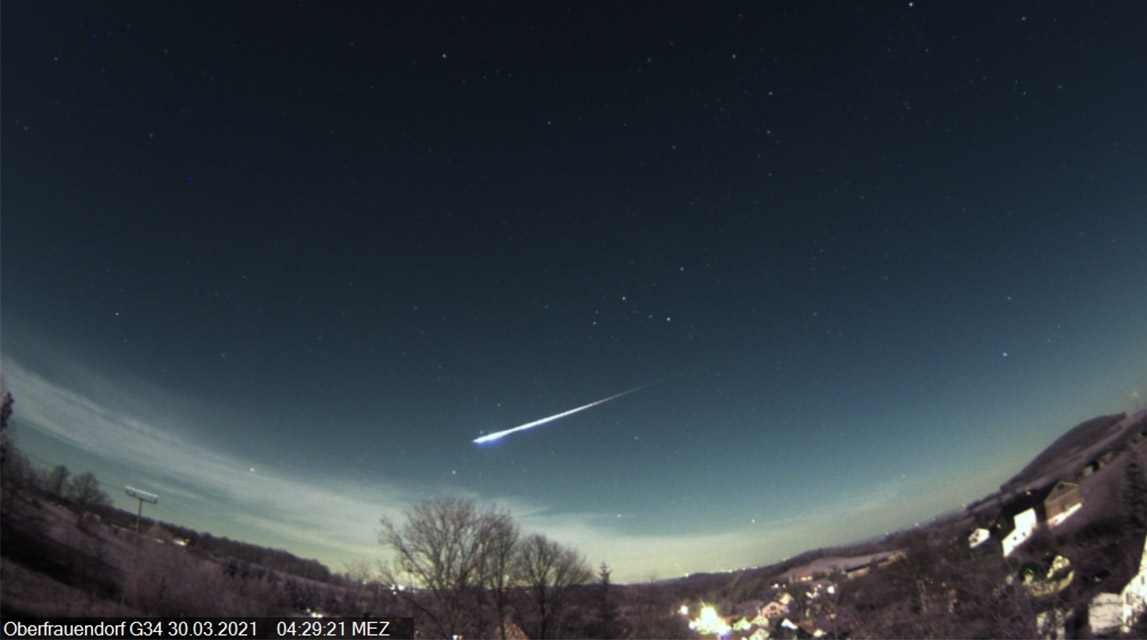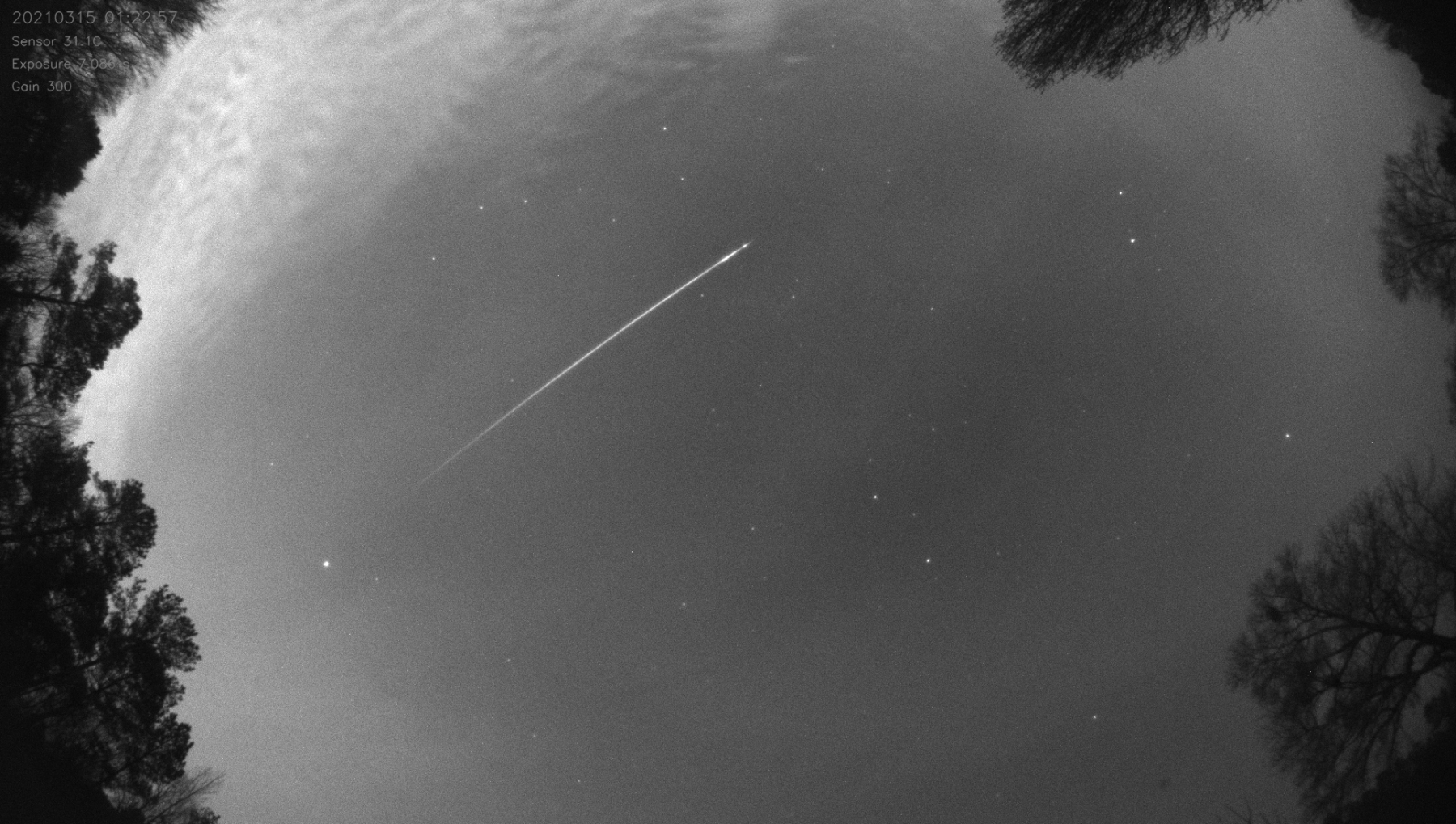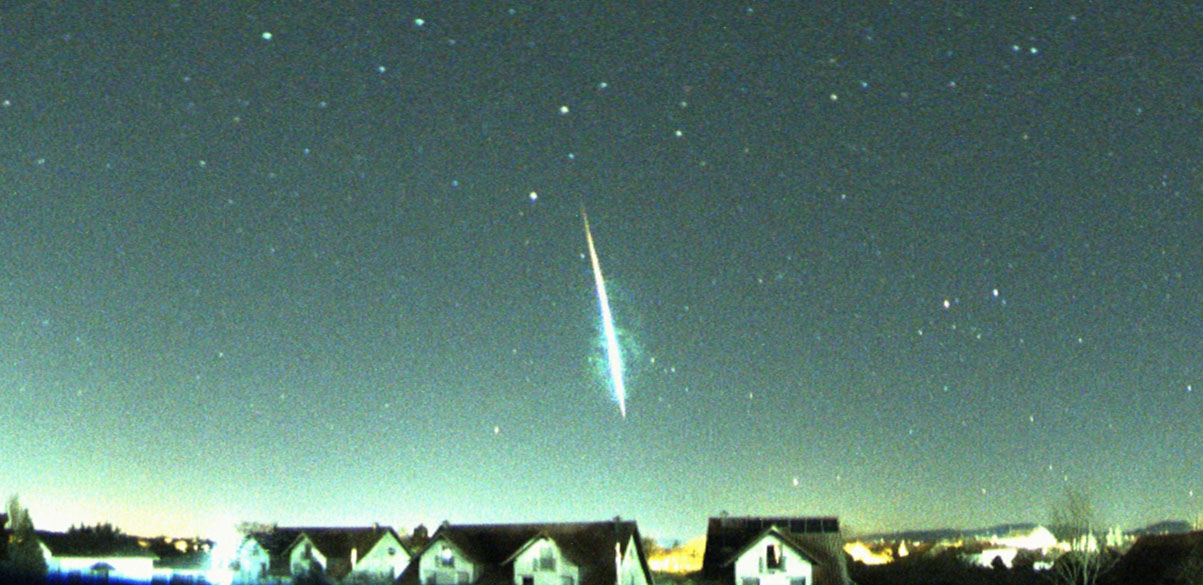
Meteor Activity Outlook for June 19-25, 2021
During this period, the moon reaches its full phase on Thursday June 24th. This weekend the waxing gibbous moon will set during the early morning hours allowing a few hours of viewing meteor activity under a dark sky between moon set and dawn. This window of opportunity shrinks with each passing night and by midweek the time of moon set and dawn will be simultaneous.
 American Meteor Society
American Meteor Society



















